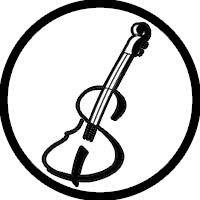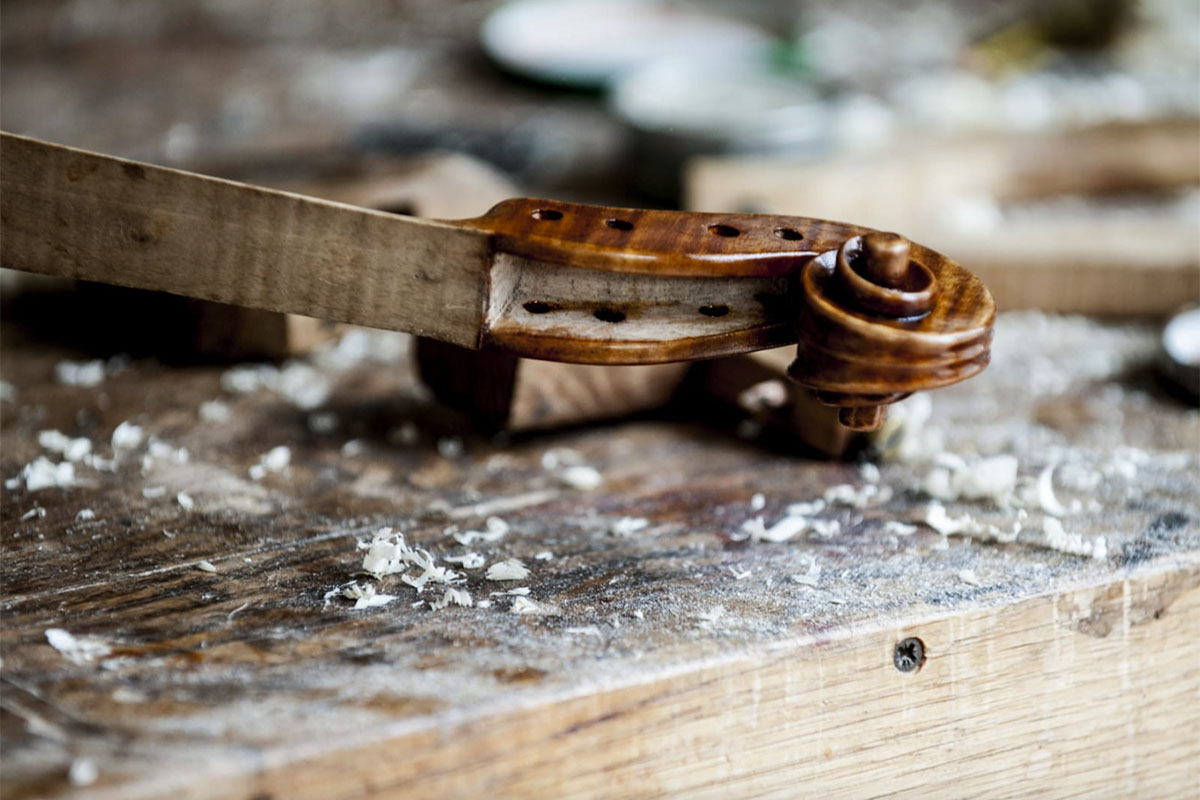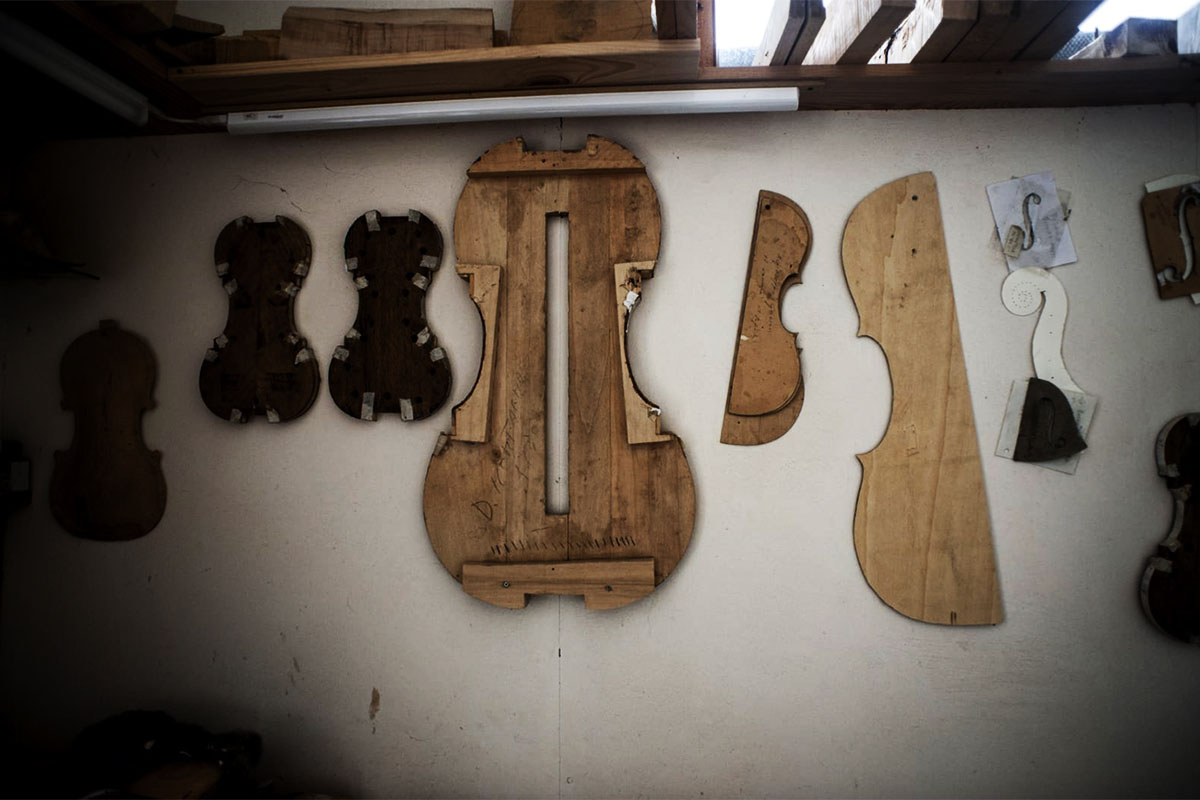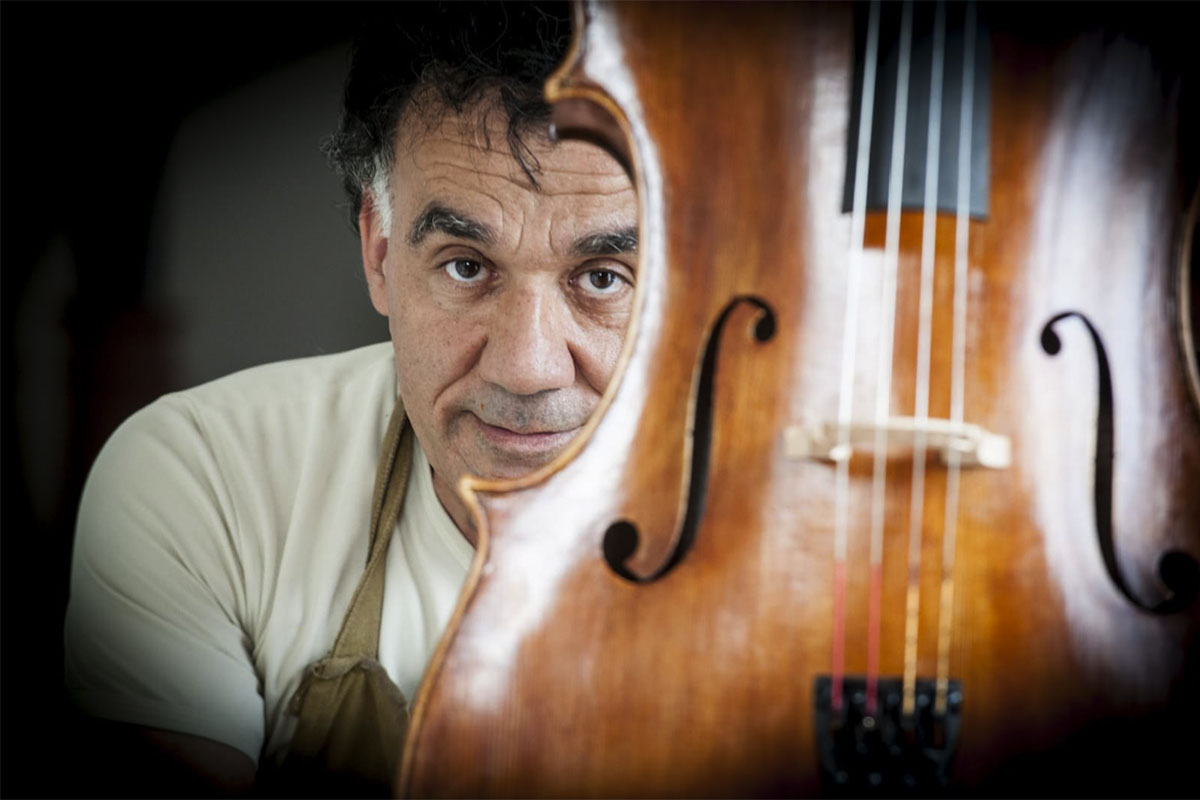Today Andreas Petermann, violinist for the Vallesanta Corde quartet, came to my workshop to see me. He tried my last violin, built on the Stradivari model (the Cremonese), before I painted it.Thanks Andreas, I was very pleased with your passionate and enthusiastic playing, which never fails to surprise me.
Once the time necessary for gluing the linings has elapsed, the various clamps are loosened and the process goes on by levelling the part of the ribs that will be glued to the back with a pad and sandpaper. The back, usually made from the same wood of the ribs, can be peeled or radial … Continue reading The making of a cello: preparing the back and the ribs
Starting from the positioning of the blocks, formerly of poplar or willow, (here made of spruce), after having carefully positioned and glued them with a few drops of glue on the form, I proceed with the shaping using a narrow blade. I prepare the ribs, usually from maple, levelling them with a planer and finishing … Continue reading The making of a cello: applying the ribs on the shape
The first step of the construction begins by coping the outline of the model on the board. Along the perimeter there are recesses, where little blocks are put, in order to apply the button, the neck and the ribs later on. To cut out the shape, I used a mechanical band saw and then carefully … Continue reading The making of a cello – part 1
The shape on which I built the cello dates back to 1740, a work by Domenico Montagnana, one of the most famous luthiers of his time, born in Lendinara on 25 June 1686. He was linked to the workshops of some of the most important luthiers of the time, such as Pietro Guarnieri and Matteo … Continue reading Manufacturing a cello from Montagnana’s 1740 model






